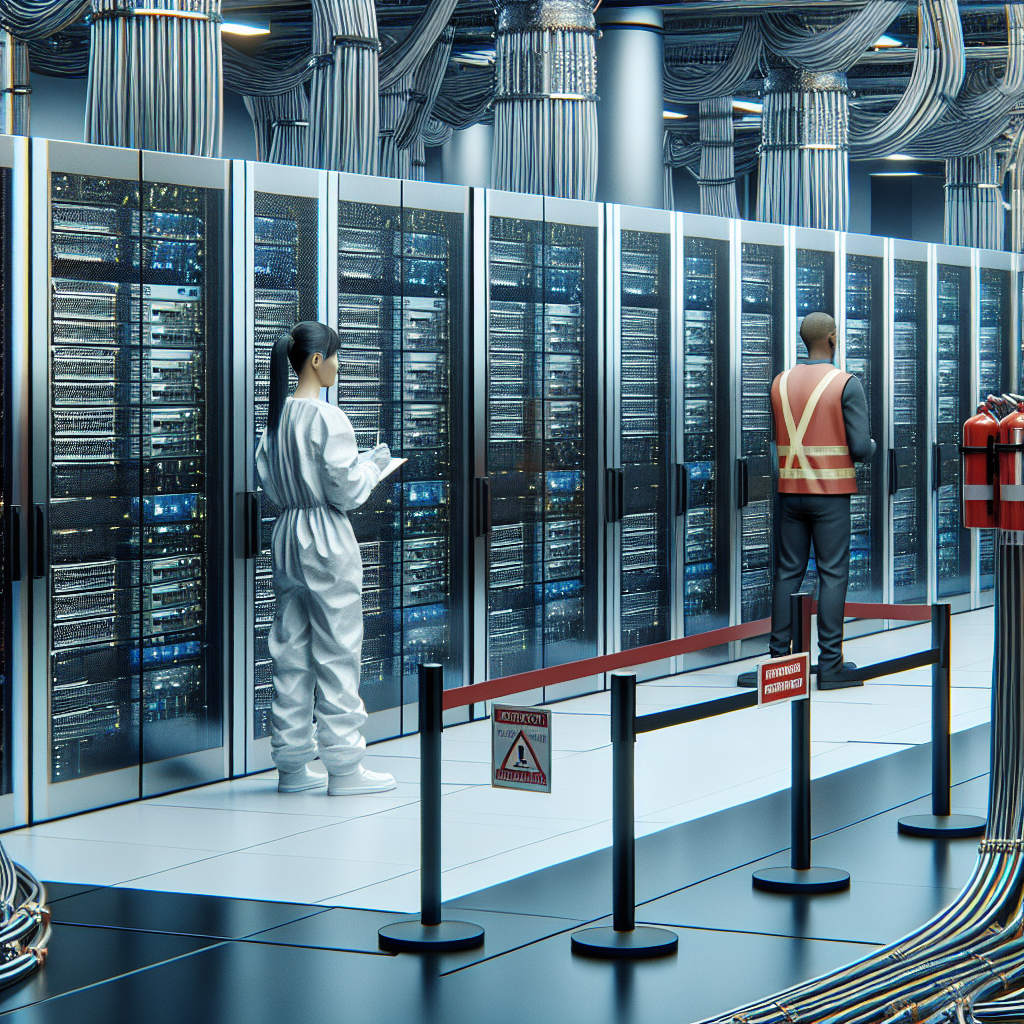Your cart is currently empty!
Data Center Safety Measures: How to Safeguard Your Critical IT Infrastructure

Data centers are the backbone of modern businesses, housing critical IT infrastructure that supports operations and stores sensitive data. With the increasing reliance on technology, ensuring the safety and security of data centers has become more important than ever. In this article, we will discuss some key safety measures that organizations can implement to safeguard their data centers and protect their critical IT infrastructure.
1. Physical Security Measures
One of the first lines of defense for a data center is physical security measures. This includes access control systems, such as keycard access and biometric scanners, to restrict entry to authorized personnel only. Security cameras and surveillance systems can also help monitor the premises and deter unauthorized access. Additionally, perimeter fencing, gates, and security guards can further enhance the physical security of the data center.
2. Fire Detection and Suppression Systems
Fire is a major threat to data centers, as it can cause damage to equipment and result in data loss. Implementing fire detection and suppression systems is crucial to safeguarding the data center. Smoke detectors, heat sensors, and fire alarms can help detect fires early on, while fire suppression systems like sprinklers, gas-based systems, or foam extinguishers can quickly extinguish the flames and prevent further damage.
3. Environmental Monitoring
Data centers are sensitive to environmental factors such as temperature, humidity, and airflow. Monitoring these conditions is essential to prevent equipment overheating, which can lead to system failures and downtime. Environmental monitoring systems can alert data center operators to any deviations from optimal conditions, allowing them to take corrective action before any damage occurs.
4. Redundant Power Supply
Uninterrupted power supply is critical for data centers, as any power outage can disrupt operations and cause data loss. Implementing redundant power supply systems, such as backup generators, UPS units, and dual power feeds, can ensure continuous power supply to the data center in the event of a power failure. Regular testing and maintenance of these systems are essential to ensure they are functioning properly when needed.
5. Data Backup and Disaster Recovery
Despite all safety measures in place, disasters can still occur. Data centers should have robust data backup and disaster recovery plans in place to mitigate the impact of any unforeseen events. Regularly backing up data and storing it offsite, as well as testing disaster recovery procedures, can help minimize downtime and data loss in the event of a disaster.
In conclusion, safeguarding a data center and protecting critical IT infrastructure requires a comprehensive approach that includes physical security measures, fire detection and suppression systems, environmental monitoring, redundant power supply, and data backup and disaster recovery plans. By implementing these safety measures, organizations can ensure the reliability and security of their data centers and minimize the risk of downtime and data loss.

Leave a Reply